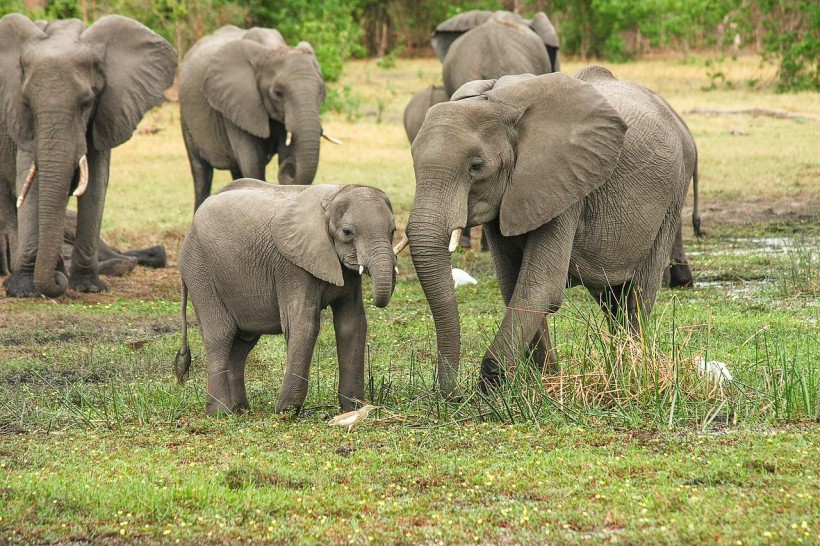Increasing human activities have led to drastic changes in the environment and affected the conservation of wildlife. Understanding how animals learned to adapt to human urban development and agricultural areas is crucial in future conservation plans. The movement of elephants through wildlife corridors is an example of the consequences of human development.
In a first-ever in-depth study about this, researchers from the Elephants Without Borders (EWB) showed how varying land use could affect elephants and their use of wildlife corridors.

Elephants Learn to Adapt to Varying Landscapes Brought by Increasing Human Development
Types and Importance of Wildlife Corridors
According to Earth Eclipse, wildlife corridors are areas that act as a transition zone for migratory animals that come into two types: natural corridors and human-made corridors. Sometimes animals may live and thrive in these habitats indefinitely, so it is important to learn about them.
Natural corridors are naturally established due to specific geological features, such as mountains and forests. The wildlife corridor could stretch over 900 kilometers and cover more than 50,000 kilometers in total area. An example of this is the existing Riparian zones that offer ample vegetation and land for safer passage of animals that move from one population to the next.
Meanwhile, human-made corridors are those that humans established to support and maintain biodiversity. The most common examples of this type are the underpasses created on roads, as well as hedgerows in rural farmland and smaller gardens. They are made to ease the movement of wildlife affected by urbanization.
ALSO READ: Wildlife Threatened by Human Activity, New Data Can Boost Conservation Efforts
Elephant Movements in Different Wildlife Corridors
Researchers from EWB have been monitoring the movements of elephants in six wildlife corridors from 2012 to 2019 using motion sensor cameras, Phys.org reported. These cameras were placed in two different human-dominated landscapes, namely the townships of Kasane in Botswana and Kazungula in Zambia, as well as the gaming villages of Chobe Enclave in Botswana.
They found that various land use has affected how elephants use wildlife corridors on an hourly basis. For instance, elephants predominantly move at night in agricultural areas when humans are less active compared to urban wildlife corridors in which humans and elephants actively overlap.
Lead author Tempe Adams said that increasing human development and changes in land use prevent wildlife to access some resources, resulting in competition and conflict between humans and animals. That means the designation and maintenance of wildlife corridors are important to allow both conservation and development to continue.
Assistant professor Marlee Stevens from Radboud University and one of the authors of the paper added that their findings open a great opportunity to examine human pressures on biodiversity. It also shows that elephants learned to adapt to human-modified landscapes, wherein their responses could vary based on the type of human disturbance.
The team discussed the full findings of their study titled "Who Is Adjusting to Whom?: Differences in Elephant Diel Activity in Wildlife Corridors Across Different Human-Modified Landscapes," published in Frontiers in Conservation Science.
RELATED ARTICLE: Urban Gardens in California Hosts Rare Plants, Birds and Bees
Check out more news and information on Wildlife in Science Times.



![Earth's Quasi-Moon Kamo‘oalewa Could Originate From Lunar Surface Not Asteroid Belt [Study]](https://1721181113.rsc.cdn77.org/data/thumbs/full/53275/89/56/50/40/earths-quasi-moon-kamo-oalewa-could-originate-from-lunar-surface-not-asteroid-belt-study.png)










